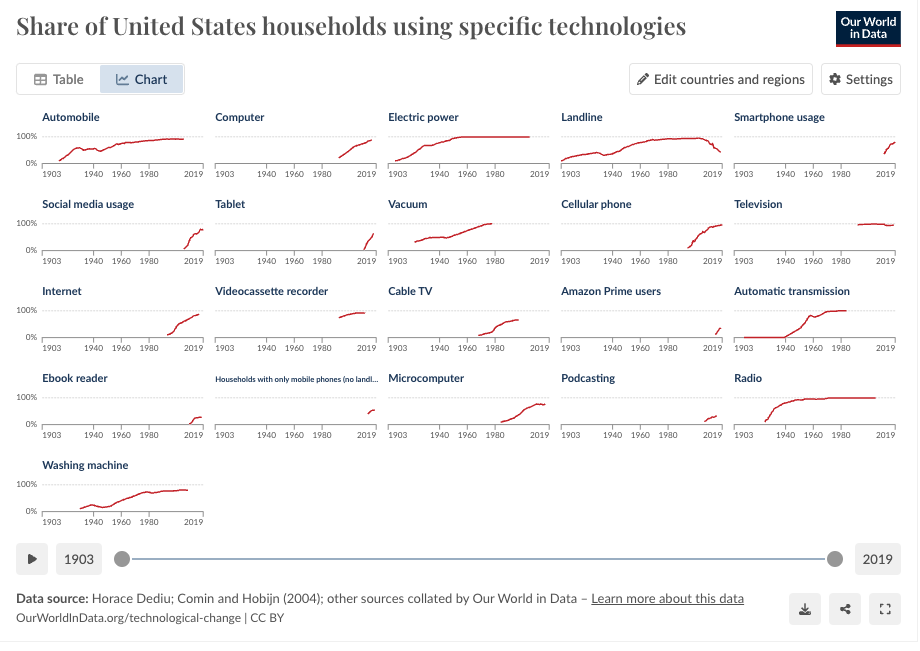Kubernetes Is Maturing — And It’s Enabling Business Transformation
Kubernetes is central to how many enterprises are transforming their businesses, and the de facto standard for automating deployment, scaling, and management of containerized applications. At the same time, these are still early days for Kubernetes. It’s a relatively young technology, and many organizations struggle with the complexities of starting Kubernetes adoption initiatives. These challenges take time and patience to overcome, but are well worth the effort, because Kubernetes can be the driving force that powers your digital and business transformation initiatives.
We’ve seen a lot of technical evolution that transforms business quite a bit over the past few decades. Speech recognition and natural language processing (NLP) is an excellent example. In 1995, I was part of the founding team of SpeechWorks, a provider of advanced speech technologies, which had a successful IPO in 2001 and was acquired by Scansoft, Inc., now Nuance Communications. In April 2021, Microsoft announced it would acquire Nuance Communications for $19.7B. It took just over 25 years from launch to a technology that made its way into everyday, mainstream products today. Consider Siri, Alexa, Google Assistant, and Cortana — how many times a day do you use speech recognition and NLP? Our original tech took 10 to 20 years to become widely adopted and integrated into everyday life.
Technology Adoption
How does that level of adoption happen? Our World in Data shows the adoption of different types of technology over the last hundred years or so, and it’s striking how quickly some adoption leaps. Note, too, that items also drop off the list as new tech takes over (take a look at the household with no land lines at all!)

Source: Our World In Data: Technology Adoption by Households in the United States
There are many contributing factors to the increase in speed of technology development. Consumers today expect increased connectivity and instant communications. And that ability to connect and communicate so rapidly, around the world, means that new ideas and products spread incredibly quickly. The infrastructure that allows that might be invisible to most consumers, but it’s driving adoption within the tech community and beyond.
Kubernetes and Tech Transformation
Kubernetes is an essential part of that technical transformation story and the tech adoption story as well. While we’re still in the early stages of Kubernetes adoption, many companies are pushing hard to use Kubernetes in development and test environments, and more are running it in production every day.
Source: VMWare’s The State of Kubernetes 2020
Much like the early days of speech recognition and NLP, though, Kubernetes is still in a nascent stage. Most organizations face challenges with the complexities of Kubernetes and the lack of K8s expertise. They often struggle with standing up environments and running and maintaining Kubernetes. There are also technical problems that arise from adopting and integrating Kubernetes with Agile development processes, DevOps practices, security requirements, and site reliability engineering (SRE) frameworks. And beyond the technical challenges, there are issues related to managing complexities that arise from the necessary cultural changes related to adopting Kubernetes.
Seeking K8s Expertise
How do all these organizations hire talented and experienced DevOps engineers, senior software engineers, software architects, cloud engineers, and full stack developers when the technology is still so new? Much like skilled security staff, it often seems like there aren’t enough people available with the experience that a shift to Kubernetes in production demands. Finding and training people who have a thirst for knowledge, who are curious and engaged in the new capabilities and challenges of Kubernetes is one way to fill those roles.
At Fairwinds, we’ve been working with the technology since its inception. We’ve hired people from different technology backgrounds over the years to help grow the Kubernetes talent pool. Our hard-won knowledge in Kubernetes cluster management, based on hundreds of deployments through our services, helps create a culture that embraces learning and teaching inside the company, whether that’s Kubernetes, DevOps, DevSecOps, or the next open source project incubated by the Cloud Native Computing Foundation. I’d encourage any organization thinking about moving to Kubernetes to take this approach to cultivating Kubernetes talent — and to check out our Kubernetes Maturity Model. Members of your team are probably already eager to start trying K8s out, and the maturity model provides a guide for each phase of adoption as well as tips on when to look for help.
What’s Next for Kubernetes?
There are challenges that take time to overcome, and Kubernetes is undeniably complex, but I believe the potential of Kubernetes is clear, and I fully expect to see it making its way into wide scale adoption over the next five to ten years. You may already be asking your refrigerator whether you’re out of milk or what you need to add to your shopping cart, using natural language processing, Wi-Fi connectivity, and machine learning. You should also expect that, very soon, Kubernetes is going to be powering most of the infrastructure that innovative technology runs on.
To keep everything running smoothly, you’ll need visibility and control over your Kubernetes environments. At Fairwinds, we built the company by helping organizations set up and run efficient Kubernetes environments, and we’re creating and contributing open source projects that help increase Kubernetes adoption so users can ship cloud native applications faster, more cost effectively, and with less risk. The Fairwinds Insights platform operationalizes multiple open source solutions to provide multi-cluster visibility into each organization’s Kubernetes configurations, to help businesses bridge the gap between dev, sec, and ops and build, release, and maintain secure, reliable, and cost-efficient software. We’re proud of Fairwinds’ role in being a trusted Kubernetes partner, and urge you to consider how Kubernetes adoption may fit into your next steps on the path to business transformation.


